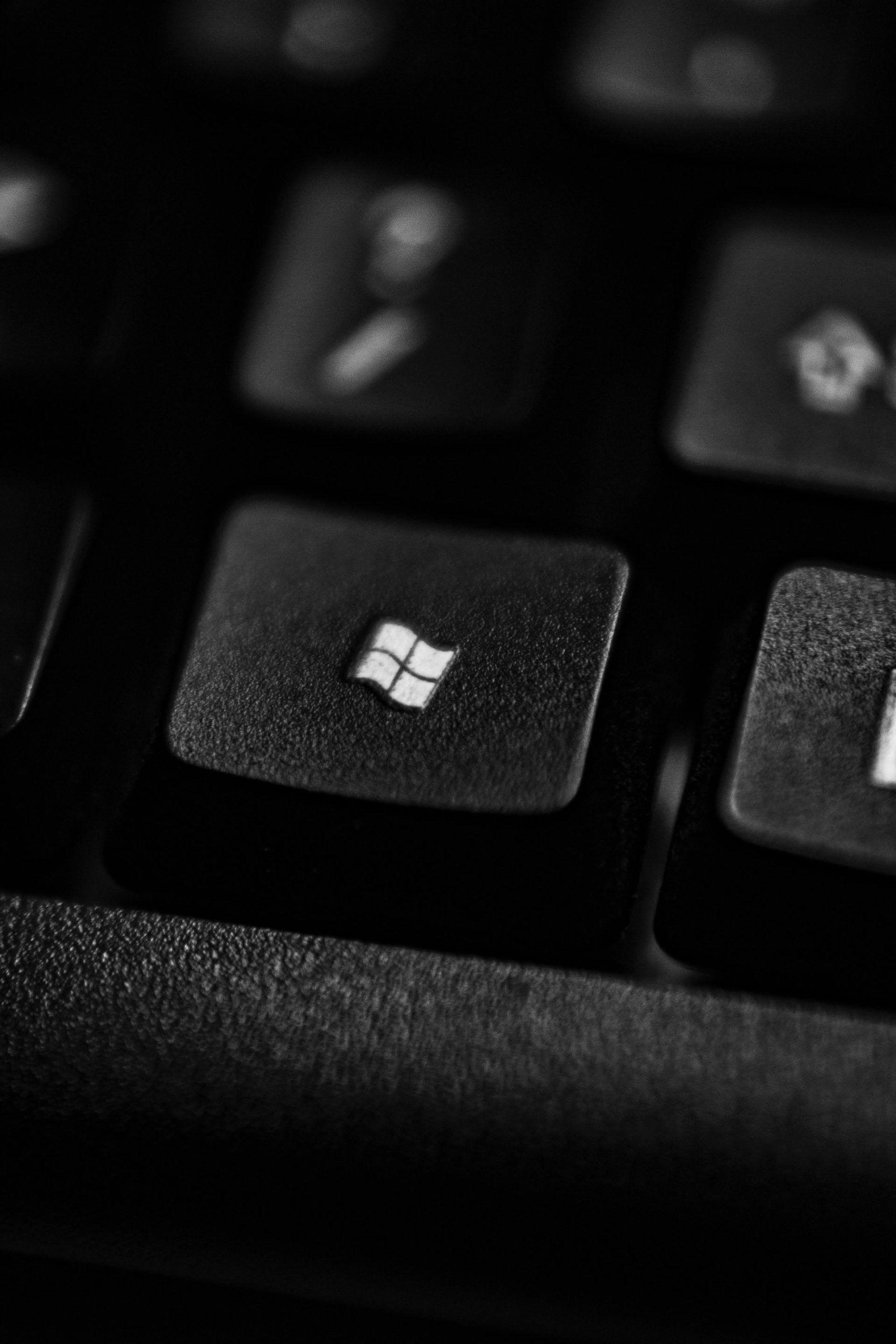What is a shell in computing? Most people are familiar with shells as the tiny protective coverings that some species, like clams, crabs, and mollusks, have. An egg may also have a shell, which you should remove before eating. However, in computer science, a shell is a piece of software that processes user commands so that the operating system can comprehend them and carry out the necessary actions.
What is a shell in computing?
A shell is a software component that gives operating system users access to a kernel’s services through an interface.
Web browsers and email clients that serve as “shells” for HTML rendering engines are examples of software that is “built around,” but the term is also used loosely to refer to applications.
The term “shell” comes from the outer layer of an operating system’s interface that users use to access its internal workings (the kernel).
Operating system shells can be classified as either command-line or graphical. While graphical shells offer a graphical user interface (GUI), command-line shells give the operating system a command-line interface (CLI) (GUI). In either case, the shell’s main function is to “launch” or invoke another program. However, shells frequently have additional features like the ability to view directory contents.

Many experts oppose the relative benefits of CLI-versus GUI-based shells. According to CLI supporters, some tasks can be completed more quickly using CLI shells than with GUI shells (such as moving files, for example).
The comparative utility and simplicity of GUI shells, on the other hand, are promoted by GUI proponents. The manner a computer will be utilized frequently dictates the best option. A CLI is perhaps the best option on a server mostly used for data transfers and processing with professional administration. A computer would be better suited for editing images or videos with a GUI.
Shell types in Linux
These are the shell types in computing:
| Shell | Complete path-name | Prompt for non-root user |
| Bourne shell (sh) | /bin/sh and /sbin/sh | $ |
| GNU Bourne-Again shell (bash) | /bin/bash | bash-VersionNumber$ |
| C shell (csh) | /bin/csh | % |
| Korn shell (ksh) | /bin/ksh | $ |
Bourne shell (sh)
For computer operating systems, the Bourne shell is a command-line interpreter for the shell. For Unix Version 7, the Bourne shell was the default. Even though most users prefer other shells, Unix-like systems still have /bin/sh, which will be the Bourne shell, a symbolic link, or a hard link to a compatible shell.
GNU Bourne-Again shell (bash)
As a free software replacement for the Bourne shell, Brian Fox created the Unix shell and command language Bash for the GNU Project. It has been the standard login shell for most Linux distributions since its 1989 debut. One of the first applications Linus Torvalds migrated to Linux was Bash, along with GCC.
C shell (csh)
Bill Joy developed the C shell, a Unix shell, in the late 1970s while a doctoral student at the University of California, Berkeley. Since Joy’s initial distribution of the Berkeley Software Distribution’s 2BSD in 1978, it has been widely disseminated.
Korn shell (ksh)
David Korn created the KornShell Unix shell at Bell Labs in the early 1980s, and on July 14, 1983, he presented it at USENIX. The Bourne shell source code served as the basis for the original development.
Check out what is a computer geek
Most used shell commands
On Linux systems, the command interpreter is known as the shell. It is the application that communicates with users in the window that emulates a terminal. Shell commands are directives that tell the system how to do a task.

These are the most common shell commands:
basename
The directory and suffix are removed from filenames using this command. It outputs the file name without any leading directory components. If a trailing suffix is given, it also eliminates it.
Example of basename command:
$ basename country/city.txt
This retrieves the city name of the file, which is found in the nation folder.
city.txt
cat
The contents of the file are concatenated and printed by this command. If there isn’t a file, standard input is read instead.
Example of cat command:
Let’s look at how to print a file’s contents.
$ cat example.txt
The example above shows what is in the example.txt file.
This is the content of the example text file
Let’s examine how to combine two files.
$ cat example1.txt example2.txt > example3.txt
$ cat example3.txt
The contents of the text file example1 and example2 are combined into the text file example3 in the example above. The contents of the example3 file are then shown.
This is the example1 text file
This is the example2 text file
cal
Calendars can be displayed with this command. The four-digit year is printed if just one parameter is provided. If there are two parameters, the month and the year are indicated. The current month is shown if no parameter is provided.
Example of cal command:
$ cal
Cal returns the calendar for the currently selected month, which in this case is August, since no parameters are supplied.
August 2022
Mo Tu We Th Fr Sa Su
1 2 3 4 5 6 78 9 10 11 12 13 14
15 16 17 18 19 20 21
22 23 24 25 26 27 28
29 30 31
cd
With this command, the content of one file is copied into another.
Example of cd command:
$ cat example.txt
This file is used as an example
$ cp example.txt example.bak
$cat example.bak
This file is used as an example
cp duplicates the contents of the text file sample into the backup file example .bak.
clear
The clear command clears the terminal screen. Any possible command line parameters are disregarded.
Example of clear command:
$ clear
cmp
This program examines two distinct files and details character-by-character differences between them. If there is a discrepancy between the files, it indicates the initial byte and the line in question.
Example of cmp command:
$ cat example1.txt
This is an example text file
$ cat example2.txt
This is also an example text file
$ cmp example1.txt example2.txt
example1.txt example2.txt differ: byte 10, line 1
This example indicates that lines 1 and byte 10 in example1.txt and example2.txt contain the first difference between the two files.
mkdir
A directory can be created in the Linux operating system using this command.
Example of mkdir command:
mkdir /fruit/apple
A directory apple is created in the directory fruit by the aforementioned command.
rmdir
Use this command to delete a directory. Before deleting a directory, all of its files and subdirectories must also be removed.
Example of rmdir command:
rmdir example
This eliminates the example directory.
mv
Renaming directories can be done with the mv, or move, command.
Example of mv command:
mv name1 name2
The directory’s original name, name1, is modified to name2 in this example.
Shells in Microsoft Windows
The Windows Shell is the operating system’s shell in current iterations of Microsoft Windows.
Windows Shell offers a desktop environment, start menu, taskbar, and a graphical user interface for the operating system’s file management features.

Program Manager, which arrived with later versions of Windows of the 95 and NT kinds, at least through Windows XP, is another feature of older versions. It served as the shell for Microsoft Windows 3.x series. Windows versions 1 and 2 have very distinct user interfaces.
If they employ a third-party engine, desktop programs are also considered shells. Many people and developers who dislike the Windows Explorer interface have created software that either modifies the shell’s functionality and appearance or completely replaces it.
An excellent illustration of the first kind of application is WindowBlinds from Stardock. LiteStep and Emerge Desktop are other good examples of it.
Windows users can access Macintosh and many Unix-based GUIs listed below using interoperability programs and purpose-built software. Using the OS/2 environmental subsystem in versions of Windows NT, an analog of the OS/2 Presentation Manager for version 3.0 can execute some OS/2 programs under certain circumstances.
How does a shell work?
You need to use a shell to utilize an operating system. This interpreter accepts each command, processes it, and then sends it to the operating system. You can see the outcomes of this procedure on your screen.

Conclusion
We explained what is a shell in computing. A command-line interface (CLI) allows users to communicate with a computer by issuing commands, and a shell is a piece of software used to understand those commands.
The MS-DOS Shell, csh, ksh, PowerShell, sh, and tcsh are a few examples of shells.
Unix is most frequently associated with shells because many Unix users choose to use the operating system’s text-based user interface.






